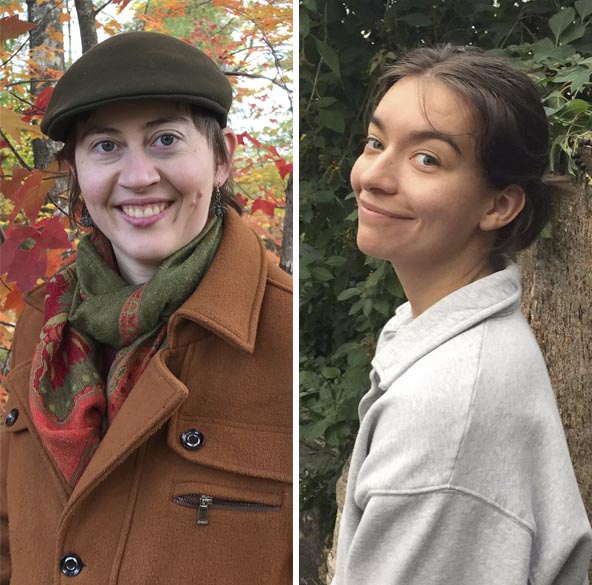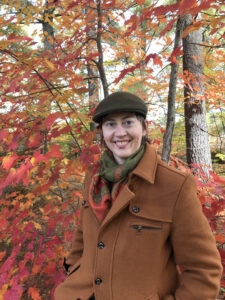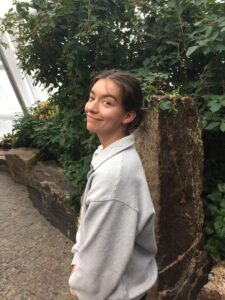Two CivMin graduate students have been awarded scholarships from Natural Science and Engineering Research Canada (NSERC). Jay Gordon receives a Post Graduate Scholarship (PGS), while Katia Ossetchkina has receives a Canada Graduate Scholarship (CGS).


Jay Gordon (BSc 2011) – NSERC PGS Doctoral scholarship
Jay is a PhD candidate, under the supervision of Prof. Lesley Warren, who’s applying their environmental science background engineering solutions in the Mine, Water and Environment lab. In particular, they are interested in exploring connections between the sulphur genes revealed through metagenomics of bacterial populations, abiotic inputs, and the rate of microbial sulphur oxidation.
Providing novel biogeochemical tools for mine wastewater management is a key part of the work of the Mine, Water and Environment Group. The work focuses on understanding how the universal sulphur metabolisms of bacteria found in mine water are the key to unlocking how and when acidity is generated. Through linking chemistry to genetics, this work examines the intricate clockwork mechanisms inside of microbial cells. This knowledge can then be applied to mining contexts and used to prevent the risk of downstream environmental impacts.
“The interconnected complexity of life never fails to inspire me…before we wish to change a system, we must first become acquainted with its intricacies, to deeply understand,” relays Gordon.
Katia Ossetchkina (CivE 1T8 + PEY) – NSERC CGS Masters scholarship

Katia is a MASc candidate, under the supervision of Prof. Karl Peterson and Prof. Giovanni Grasselli, whose research focuses on using image processing and computer vision techniques to automatically and accurately quantify mechanical properties of rocks. To address inherent complexity from geometry and varying material properties, numerical simulation is increasingly popular across civil engineering material applications for predicting fracture system formation.
Using insights from geomaterial images to inform these models will empower researchers with tools for detailed micro-structure simulations, important for industry design recommendations across many Canadian geological engineering applications, including enhanced geothermal systems, nuclear waste repositories, wellbore stability and unconventional hydrocarbon reservoirs.